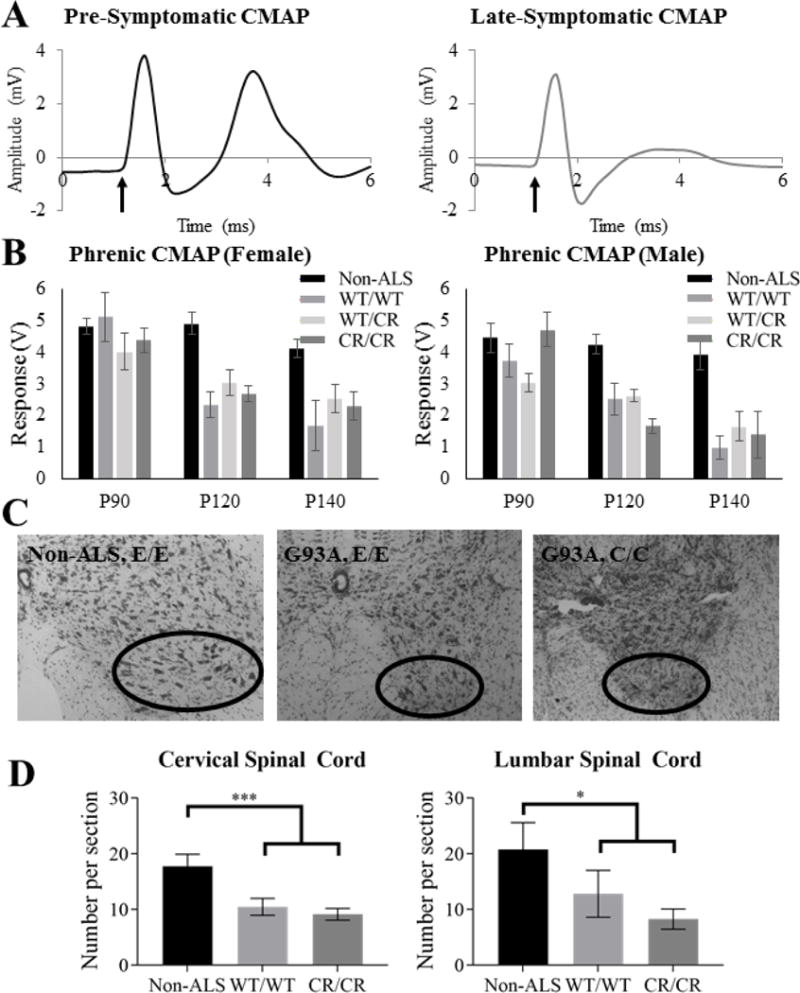Fig. 5. No protection was seen to functional diaphragm innervation nor motor neuron survival.

(A) Representative non-ALS (left) and diseased ALS (right) CMAP traces are shown. The arrow indicates the beginning of the phrenic nerve stimulus pulse and the second peak is the CMAP response measured at the ipsilateral hemi-diaphragm. (B) CMAP amplitudes of all SOD1-G93A groups were significantly lower than those of the non-ALS groups at P120 and P140, but not from one another. (C) Sample spinal cord ventral horns are shown. (D) While cervical motor neuron counts were significantly decreased in both ALS groups at P150, the EAAT2-D504N mutation offered no protection. Similarly, EAAT2WT/WT and EAAT2CR/CR groups of SOD1-G93A mice did not have significantly different motor neuron numbers in the earlier-affected lumbar spinal cord at P150, though both had significantly fewer than the non-ALS group.
